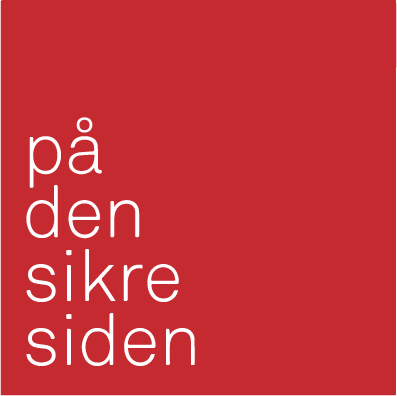
Fire protection
Get to know
- Local fire and evacuation plans
- Escape routes and emergency door release points (green boxes)
- Location and use of fire control equipment and fire alarms (red boxes)
- Rooms and areas with fire resistance that limit toxic fumes and flames (fire compartments)
- Other technical fire safety equipment located in the room
Contribute to fire safety in day-to-day activities
Be careful and help prevent fire, explosions and accidents.
- Keep escape routes free of obstacles and flammable material.
- Technical fire safety equipment (extinguishing equipment, manual call points etc.) must not be covered or disconnected .
- Self-closing doors are important fire barriers to stop toxic smoke and flames. They must not be locked in open position.
- Open flames and candles are generally not allowed. Check local routines at your place of study / work for any exceptions..
- Electrical kitchen equipment must have a time switch and must only be used in premises that your study / workplace has approved for this use.
- Limit the use of extension cords.
- Storage and use of flammable goods is strictly regulated. Check local routines at your place of study / work.
- Routines must be adapted to the individual building, activity, risk and individuals who need assistance.
Read about how to report deviations, faults and deficiencies that may reduce the fire safety. For deviations that significantly reduces fire safety, the National Fire Regulation require that measures are immediately taken until the risk is normalized.
For high risk units or units where someone might need assisted escape, a locally adapted evacuation plan may be necessary. Check whether this applies to your premises.
Managers must ensure that all employees gets fire safety training upon employment and that they regularly receives information and training.
Learn more
Read more
Learn more
Last updated: 07. February 2025

 To install this app on your home screen: Press
To install this app on your home screen: Press